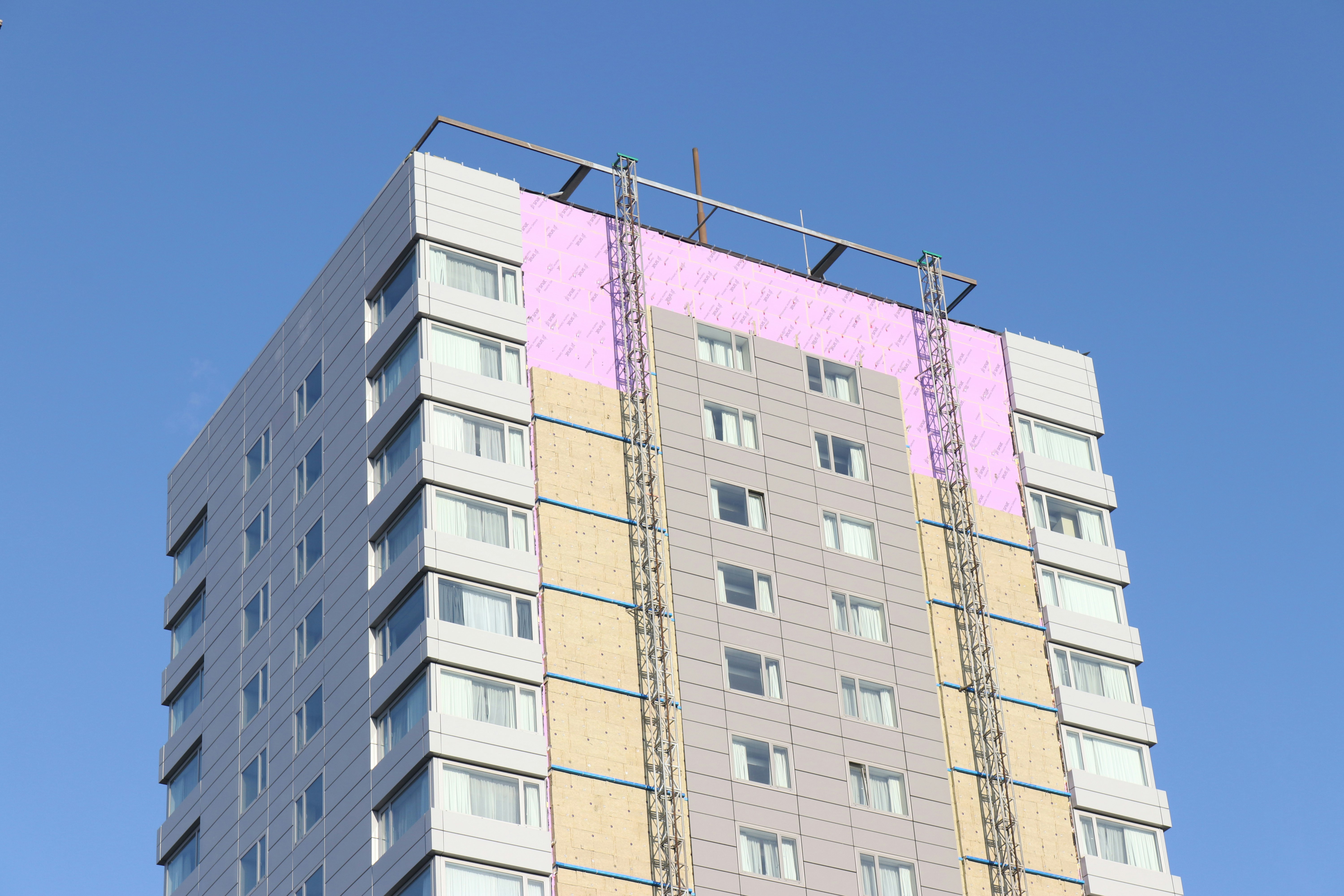It’s not a new concept, but commissioning is often neglected or mistaken for other construction process functions. Building commissioning is not the same as testing, adjusting and balancing (TAB) or punch-list/ final punch-out (PDF).
Commissioning is part investigative assessment and part quality assurance, a process through which building systems are scrutinized for how well they will operate and can be maintained. The benefits of effective commissioning include the ability to:
- Stay on budget with a more streamlined process and with crews that perform at peak efficiency
- Maintain enhanced communication between teams
- Ensure quality control of systems and personnel
- Ensure green initiatives are working as anticipated at every phase of build
- Avoid inferior operator knowledge and poor outcomes
- Establish and maintain ideal occupant conform and satisfaction
- Enhance ROI by completing projects on time and to owner satisfaction.
Commissioning in most new construction (and to the extent possible redevelopment of older buildings) involves verifying the subsystems achieve the project requirements as expected by the owner and as intended by the architects and engineers. This includes:
- Mechanical
- Plumbing
- Electrical
- Safety systems
- Lighting
- Wastewater
- Controls
- Security
- Building envelopes
- Interior systems
The Commissioning Process (CxP) can vary from project-to-project but often involves a commissioning authority (CA) that is involved from project initiation through one year of occupancy and perhaps is assigned for ongoing quality assurance. Commissioning is not just valuable during the building process, but afterwards, too.
A commissioned building makes it easier for the engineering staff to manage and maintain the building to owner, and occupant, expectations. Developers and architects have a habit of sticking mechanical systems in obscure places in a building. This makes simple tasks, such as changing out filters, more time consuming, and sometimes more dangerous for maintenance staff.
Ultimately, proper maintenance isn’t kept up and this leads to problems after occupancy that an owner can trace back to poor design and build. It’s not accurate to think that commissioning creates headaches for the project manager, or the project itself. Instead, think of commissioning as a proactive way to identify problems before they become huge, costly headaches.
Commissioning verification is a crucial component of a truly successful build, especially when sustainable design in involved. To ensure that your building and its systems are built, installed, and able to operate at the expected performance standards, invest the time in working with experienced commissioning experts–- your bottom line will thank you.
Resources
- What you Don’t Know about Building Commissioning---Could Cost You (PDF)
- What is Commissioning? Brief article reviews importance for building owners, construction pros, and architects
- 6 Lessons About Commissioning for Every Building Owner & Operator












